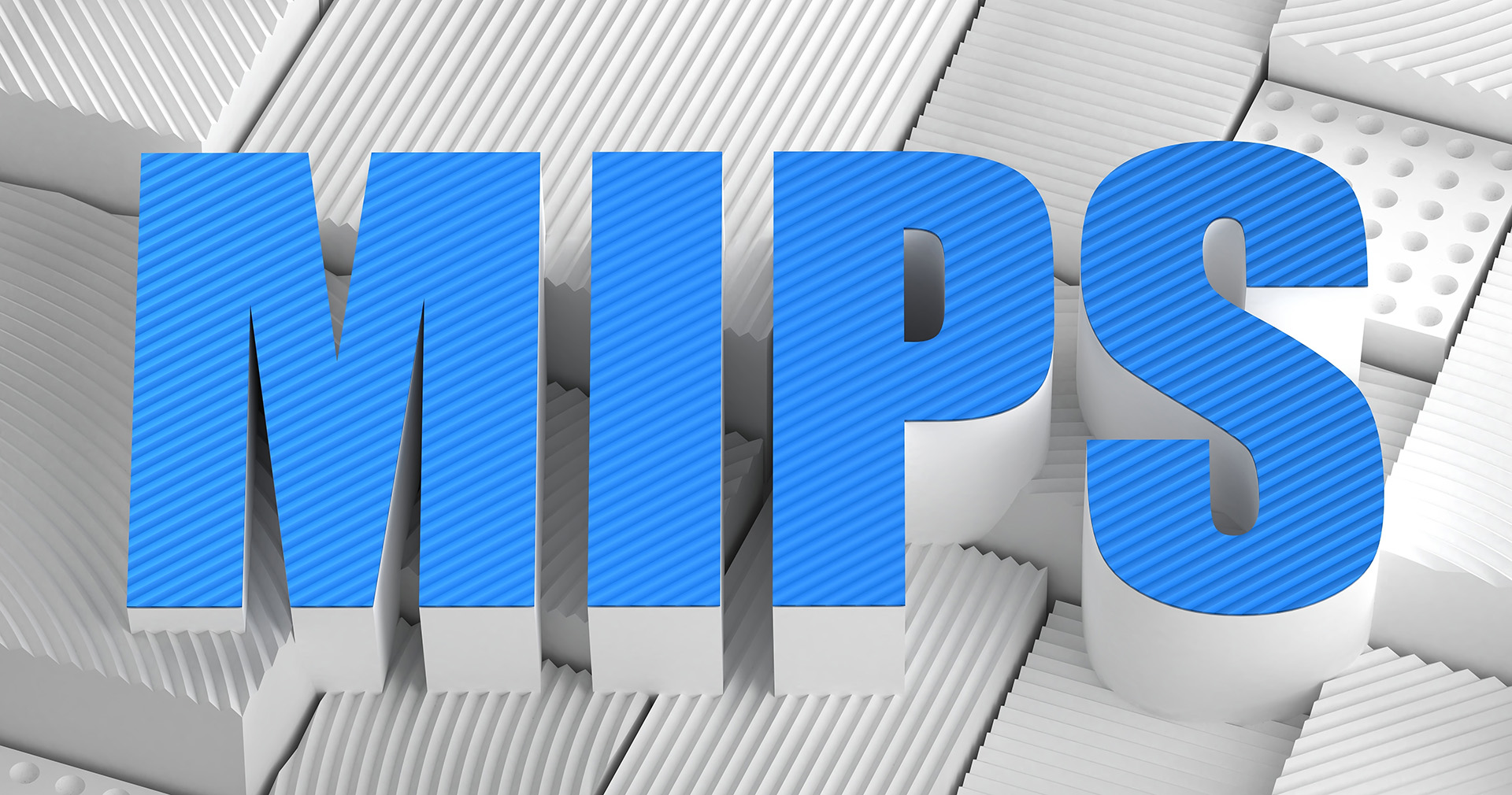How EHR Integration Can Improve MIPS Reporting and Increase Incentives

Merit-based Incentive Payment System (MIPS) is essential for providers seeking to maximize reimbursements while delivering exceptional patient care. However, keeping up with MIPS requirements and reporting can be daunting without the right tools.
This is where Electronic Health Record (EHR) integration comes into play. EHRs offer a streamlined approach to MIPS reporting, from automating data collection to optimizing quality measures.
It can be the powerful ally you didn’t know you needed.
If your practice or health organization is looking to maximize MIPS incentives and improve patient outcomes, here’s how EHR integration can make all the difference.
What Is MIPS Reporting?
The Merit-based Incentive Payment System program was designed with value-based care in mind and adjusts Medicare payments based on healthcare providers’ quality, cost, and overall performance. It incentivizes providers to deliver efficient care by rewarding those who meet or exceed specific performance benchmarks.
How it Works
Providers report the measures and activities collected during the performance period. Next, the Centers for Medicare & Medicaid Services (CMS) collects and calculates cost measures to be applied back to the provider.
Calculations are based on four performance categories that are reviewed and tallied, eventually making up the final MIPS score. Your final score determines the payment adjustment to your Medicare claims.
The categories evaluated are:
- Quality: Providers are assessed on the quality of the care they deliver. They may include patient outcomes and compliance with clinical guidelines.
- Improvement Activities: Providers are evaluated on their steps to improve their practices, such as care coordination and patient communication
- Promoting Interoperability: This category assesses using certified electronic health record (EHR) technology to improve healthcare quality, efficiency, and patient safety.
- Cost: This category assesses the cost-efficiency of care provided. It evaluates the total cost of care during the year or a specific episode of care.

How MIPS Impacts Healthcare Organizations
The scores providers receive impact reimbursement rates, making MIPS reporting critical for staying financially afloat while meeting compliance requirements.
But these evaluations go further.
Given the current value-based healthcare landscape, where patient satisfaction and clinical efficiency set the standard, excelling in MIPS can set your practice apart from the competition.
It shows patients and payers that your practice is committed to delivering high-quality care and that you are leveraging the latest technologies to make this happen.
The Role of EHR in MIPS Reporting
One of the most critical aspects of MIPS is the Promoting Interoperability category, which directly links to your EHR system. This process involves aligning the MIPS reporting requirements with the functionalities of your EHR system.
To shine in this category, your EHR must be certified and capable of effortlessly exchanging health information with other systems. For example, the DrChrono EHR is certified as a Complete EHR by the ONC-ATCB and meets Meaningful Use (MU) standards.
In other words, you can use this EHR in your practice to qualify for government incentives. Learn more about Meaningful Use here.
The next question you may be wondering is how EHRs can simplify MIPS reporting. We break it down below:
-
Eliminates Guesswork: Manually tracking MIPS data can be inefficient and peppered with errors. Streamlining MIPS reporting through EHR systems takes the guesswork out by collecting and organizing the key metrics needed for scoring.
-
EHR Integration for Quality Measures: MIPS heavily focuses on quality measures. Advanced EHRs are designed to track these measures directly through patient records, offering real-time reporting capabilities.
-
Boosting MIPS Scores: EHR systems can identify gaps in care and ensure your practice meets MIPS requirements. Some systems also feature built-in analytics to highlight areas where you can optimize your MIPS scores, leading to higher reimbursements.
-
Automation. EHR reporting automation is the most significant advantage of EHR for MIPS reporting. These tools handle complex calculations and compile the necessary data for submission, saving valuable time while improving data accuracy.
-
EHR for MIPS Audit Preparation. EHR systems store comprehensive patient data, ensuring it’s readily available for audits. With MIPS data integration, practices are better prepared to respond to regulatory reviews, minimizing the stress of audit preparation.

Benefits of EHR Integration in MIPS Reporting for Practices
The general role of EHRs in MIPS reporting is incalculable. However, transitioning to this approach also yields several specific advantages for your practice. Here are the top five benefits you should know:
1. Financial Incentives with MIPS Reporting
Accurate and comprehensive reporting ensures that healthcare providers can secure the best possible Medicare reimbursement rates (and avoid negative payment adjustments) by maximizing MIPS incentives.
This financial incentive can go a long way by encouraging providers to invest in resources and technologies that improve care delivery and patient satisfaction—a win-win for patients and physicians.
2. Improving Patient Outcomes
By aligning with MIPS quality measures, providers can track patient care and identify opportunities for improvement. With EHRs, providers can:
-
Cross-check a patient’s medication list across different clinicians, preventing potential drug interactions and adverse events.
-
Communicate with different healthcare providers involved in a patient’s care, minimizing treatment gaps and ensuring coordinated care plans.
MIPS also rewards practices that promote patient engagement. Integrated features like patient portals and secure messaging within EHRs improve patient communication.
For example, DrChrono EHR offers OnPatient, a HIPAA-compliant portal available on the App Store. Through the portal, patients can schedule and update visits, sign consent forms before appointments, and receive patient education materials.
3. Compliance Assurance
Compliance with MIPS regulations is crucial. MIPS emphasizes the secure exchange of health information, and any breaches or security lapses could harm your patients and severely impact your MIPS score.
A robust EHR setup ensures you meet MIPS and HIPAA requirements, reducing penalty risks. Here are a few security measures your system should include:
-
Encryption: Your EHR must use advanced encryption methods to protect sensitive patient information.
-
Regular Security Audits: automated security audits and assessments will ensure your system complies with HIPAA and other regulations critical for MIPS.
-
Incident Response Plan: A quick and effective response plan can mitigate damage and protect your MIPS score during a breach.
4. Reduced Administrative Burden
EHR systems reduce manual workloads, allowing providers to focus more on patients. One way this is possible is through automation.
EHRs can automate routine tasks like appointment scheduling, reminder notifications, and prior authorization requests, minimizing manual intervention.
For example, DrChrono’s EHR features real-time eligibility checks that quickly review a patient’s insurance details for deductibles, co-payment, and co-insurance. It also can batch check eligibility for a patient in multiple service types.
5. Real-Time Data Insights
Access to real-time insights enables providers to make informed decisions quickly, improving operational efficiency and patient care quality. Access to these analytics can help monitor your performance on various MIPS measures and make adjustments to improve scores.
For example, EHR alerts based on current patient data, including medications, vital signs, lab results, and medical history, can be used to make informed decisions at the point of care.

Next Steps for Your Practice
Leaders of healthcare practices need to ensure their EHR system is not only compliant with MIPS but optimized to enhance their performance in each of its categories.
By leveraging certified integrated EHR technology, practices can navigate the complexities of MIPS reporting, improve patient care, and realize the benefits of participating in a value-based care system.
Want to take your MIPS reporting to the next level?
Contact DrChrono today to learn how an advanced EHR system can be a powerful ally in optimizing your MIPS score and getting back to patient care.